Unfortunately, unlike a single-user Jupyter notebook/lab, Jupyterhub is for a multi-user environment and the customization along with setting security is not some concrete area. They provide you some default settings and a ton of ways to customize the use, alas they provide only a handful amount of examples. You need to dig into documents, check for similarities to your use case, and make adjustments in a trial-error process.
Fortunately, other than using configuration files used to configure Jupyterhub and Jupyter notebook servers, namely jupyter_notebook_config.py and jupyterhub_config.py, we can use environment reading packages per user. This flexibility comes from the use of a programming language kernel.
But this needs being able to install new packages, having them already installed, or asking admins to install them on the current kernel.
Here is one way to use customized environment variables in the current workspace.
- Create a new file and give a clear name to show it is an environment file. You can have as many different files as you need. Most production exercises use the
.env name but jupyter will not list dot files in file view so avoid doing that. Also, be careful about quotes; sometimes you need them, sometimes you get errors depending on what library you use and where you use them.
test.env:
NAME="My Name"
TEST=This is test 42
- Install and use your preferred environment file reader then read from the file(s) you want. you can use `pip install`` in the notebook when needed, just use it cautiously.
test.ipynb
#package already installed, so installation commented out
#%pip install python-environ
import environ
env = environ.Env()
env.read_env(env.str('ENV_PATH', 'test.env'))
NAME=env("NAME")
TEST=env("TEST")
print(NAME," : ",TEST)
If you are an admin of the hub, then beware of the use cases for libraries such that some may break your restrictions. So keep an eye on what permissions you give to your users. If you use custom docker images though, there should not be a leakage as they are already designed to be isolated from your system.
 This environment variable
This environment variable 
